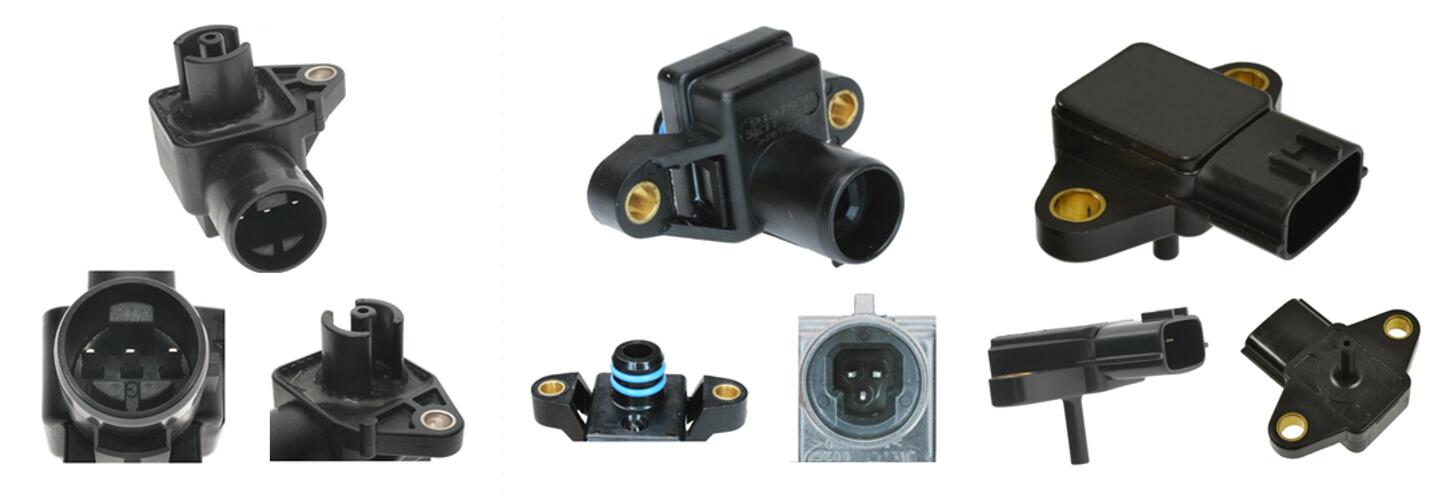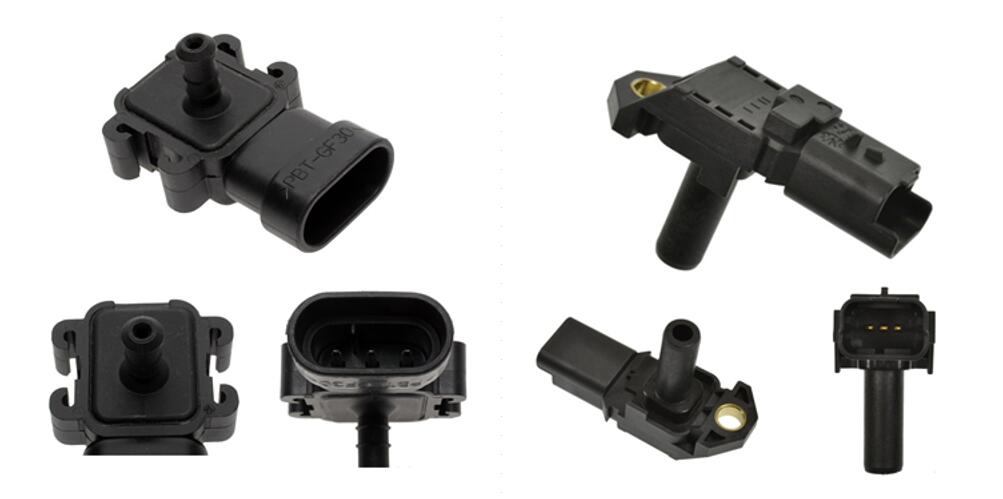
The manifold absolute pressure sensor (MAP sensor) is the main component of the D-type fuel injection system in the engine. The sensor's role is equivalent to the air flow meter, which mainly measures how much air enters the engine. It sends the message to the engine control computer. This message is the basis of controlling the amount of fuel injection and ignition advance angle.
As we all know, the ideal air-fuel ratio of the engine is 14.7:1, which can be understood as 14.7 parts of air to 1 part of fuel. They fully mix and atomize. Then the air-fuel mixture completely burns in the engine. The final products are only water and carbon dioxide, without toxic, harmful gas and carbon deposits.
If the carbon monoxide exists, the burning and oxidizing aren't complete. No carbon monoxide is, of course, the ideal, which can be approximated to an infinite extent but is difficult to achieve completely. From this ratio, it is easy to see how much air enters the engine.
There are various methods to measure the amount of air entering the engine. One important way is to use the MAP sensor. The sensor is prevalent in most vehicles because of its small size, easy arrangement, high measurement accuracy, good operating stability, etc.
Vehicle sensors with these advantages are all popular.
The operating principle of the MAP sensor is that: it measures the absolute pressure in the intake pipe to find out the density of the air.
According to the density and the engine speed, the car computer can calculate the amount of air entering. It is important to note here that the manifold between the throttle and the intake valve is generally under vacuum in normal engines, except for supercharged engines.
The intake power of the normal engine comes from the pumping of the piston. The piston end is active, while the throttle is usually closed. In this condition requires are more than supplies. The vacuum is created in the manifold.
The sensor locates on the butterfly spindle monitors the position of the throttle. Even if the throttle fully opens, there will be the hysteresis due to the resistance in the flow of air. The active end lies in the piston, so the vacuum still exists, just at a lower level.
It is easy to see why the turbocharged engine produces more power. The crucial reason is that the air isn't passively drawn in, but actively pours in. With more air, the compression ratio is higher and, of course, the power increases.
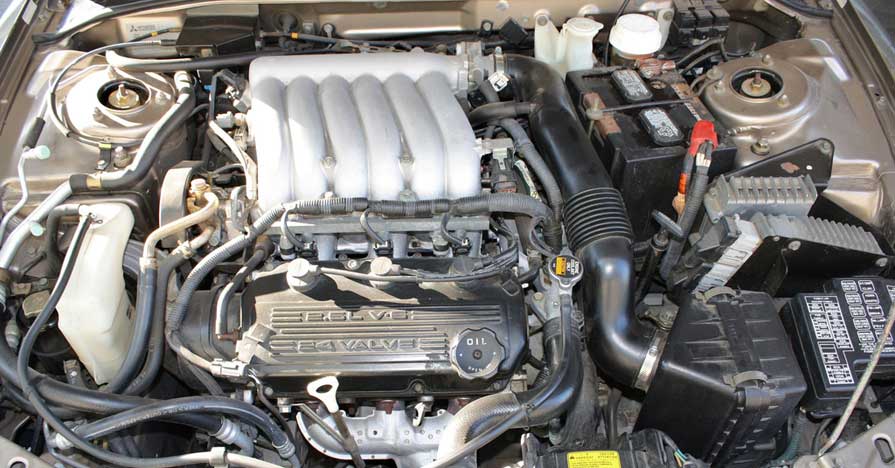
The manifold absolute pressure sensor also has various types. It can be classified as semiconductor varistor, capacitive, piezoresistive and surface elastic wave types. The most popular one is the piezoresistive type.
A complete vacuum chamber is artificially created on one side of the piezoelectric crystal of the piezoresistive MAP sensor. On the other side connects to the intake manifold.
With a reference, the change of absolute pressure in the manifold is proportional to the resistance of the piezoelectric crystal. The change of the pressure in the manifold is indirectly known by measuring the change in resistance. Thus the intake volume is calculated according to the engine speed.
When we understand the working principle of the manifold absolute pressure sensor, it's not difficult to know that when the MAP sensor fails, it causes a random air-fuel ratio. So there will be idle juddering, poor acceleration, increased fuel consumption and other failures.
The way to maintain the sensor is to ensure that the passage in the manifold end is unblocked. Keep the complete vacuum chamber intact and don't break the sensor body.
For more advice and information on the engine parts for your vehicle, don’t hesitate to visit other blog posts.
(1) The car computer can't calculate the air flow.
(2) The engine can't start.
(3) No idle speed or unstable idle speed.
(4) The vehicle accelerates weakly or doesn't have smooth acceleration.
(5) Intermittent engine stalling.
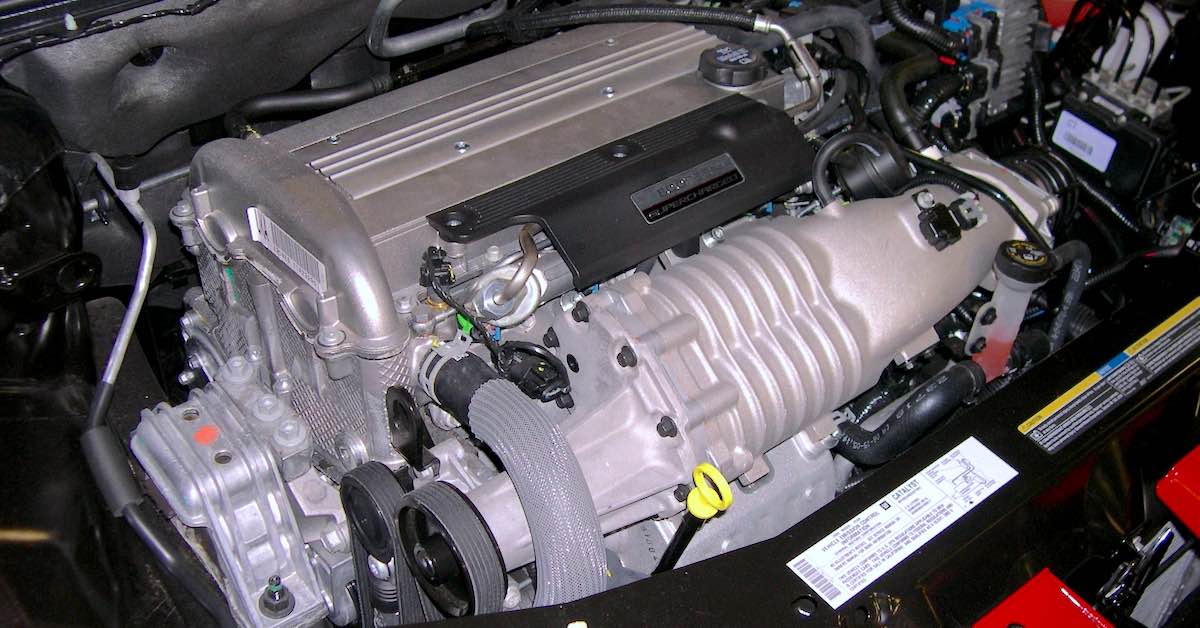
(1) Vacuum leakage of the intake manifold prevents the MAP sensor from obtaining the correct vacuum signal.
(2) The vacuum hose has leakage, or the hose falls off.
(3) There exists a misconnection between the sensor hose connector and the carbon canister connector.
Various pressure sensors all play important roles. They have wide associations with other parts in the car. Faults in any of them would better be resolved in time.
(1) Effective inspection
Check the vacuum hose, connector and the sensor wire to see if there are any loose, damage and other abnormal phenomena.
(2) Check the voltage of the sensor power supply
Turn on the ignition switch. Use a DC voltmeter to measure the voltage between the sensor's 1# terminal and 2# terminal. The standard value should be 5V.
If the voltage is abnormal, you should check the line between the sensor and the engine control module. If the line is normal, check the ECU power supply and bond strap. If the line still has no problem, then replace the engine control module.
(3) Measure the sensor signal voltage
Turn on the ignition switch, use a DC voltmeter to measure the voltage between the sensor 3# terminal and 2# terminal. The standard value should be about 4V.
Start the engine, measure the voltage between the 3# terminal and 2# terminal when the engine is idling. The range of the value should be 1-1.5V.
Gradually increase the throttling threshold, so that the engine speed increases. Measure the voltage between the sensor B terminal and A terminal at the same time. The voltage should gradually increase to 5V. If the measured signal voltage of the sensor is not normal, it is necessary to replace the sensor.
A Ford has following problems:
When the engine is idling, the engine speed suddenly rises to 1200r/min and then drops to 800r/min, sometimes. This process repeats several times.
Failure diagnosis:
(1) Query the engine management system. There is a DTC in the control unit: '17547 Clutch switch unreliable signal occasionally.
(2) Check the clutch switch wire. It's normal. Replace the clutch switch with a new one, but the problem still exists.
(3) According to the preliminary analysis. The air leakage may cause trouble in the air intake system. So check the system, and no air leakage was found in the air intake manifold.
(4) Use the VAG1381 gasoline pressure gauge to measure the gasoline pressure. The fuel pressure is 2.5 bar while idling, then reaches 3.0 bar while refueling. That is normal.
(5) Check components in the ignition system. It's normal.
(6) Check the camshaft position sensor and throttle. There are no problems.
(7) Read the engine 10-08-04 group data stream. The intake pressure keeps jumping and changing between 290~340 mbar. It is suspicious that the fault might be in the engine wiring harness or the engine computer itself.
(8) Use the simulation method to shake the MAP sensor wiring harness. The engine speed suddenly rose to 1500r/min while idling. Then strip the harness, we find that the copper wire of the MAP sensor harness partly damages. The outside insulation layer doesn't damage. The fault removes after the repair.
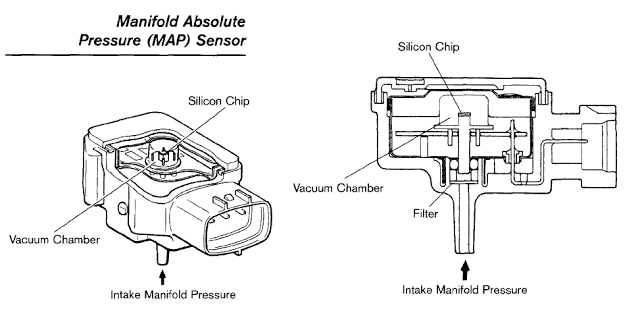
Failure analysis: The wiring harness of the manifold absolute pressure sensor partially damages, and the outside insulation layer doesn't damage. The failed copper wire doesn't wholly disconnect. The poor contact and signal deviation exist, leading to a sudden increase of the engine idle speed.
 Lauritz Carolsfeld
Lauritz Carolsfeld  July 09, 2021
July 09, 2021